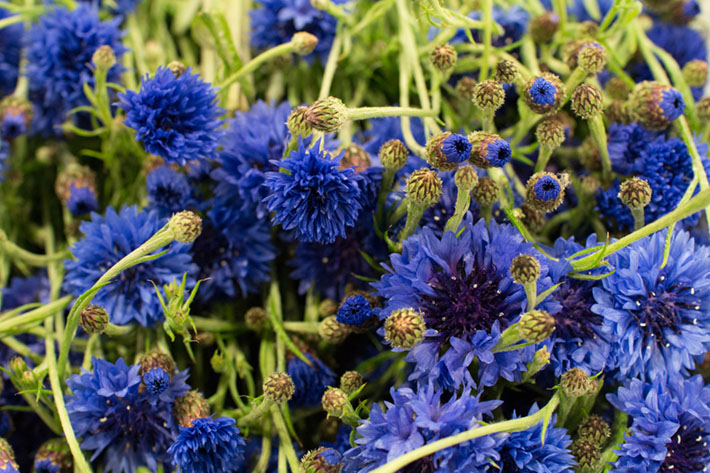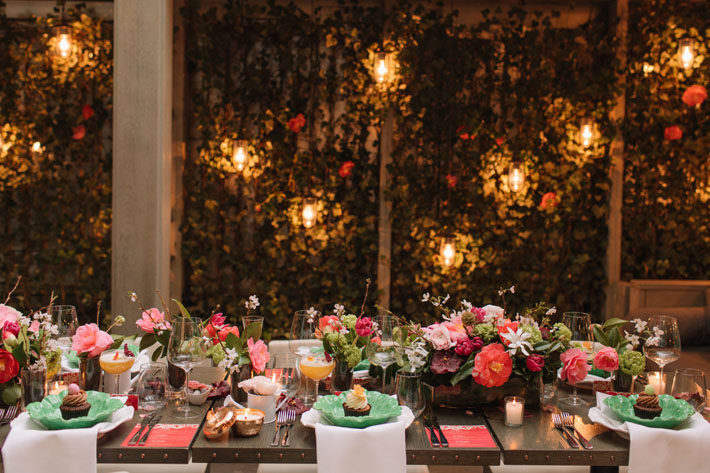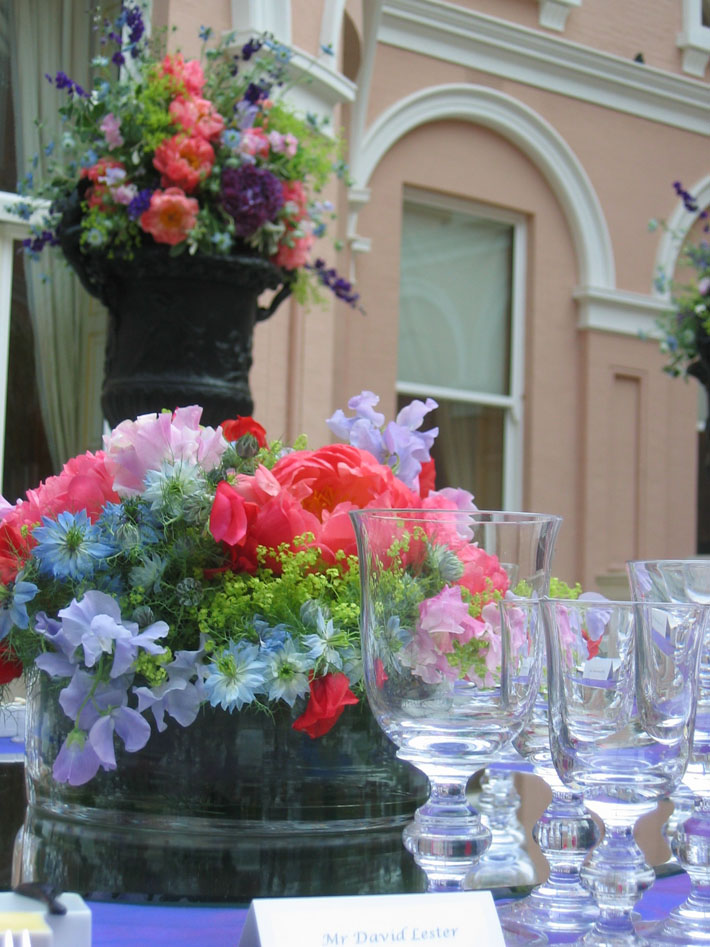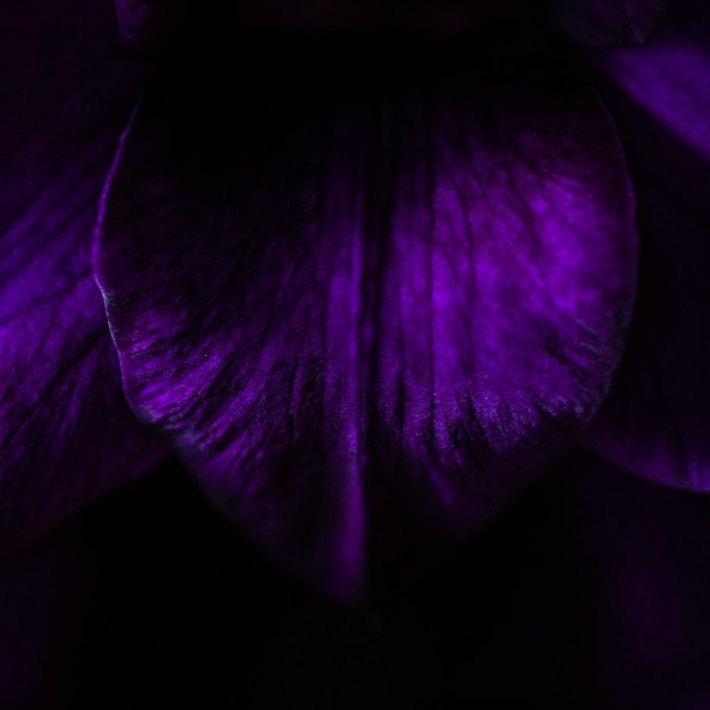We started writing this a few weeks back, before we realised just how much our lives were about to change. When pandemic hit, initially we lost interest in writing, everything seemed a little pointless to be honest.
But then something significant happened, whilst we were watching TV in fact, it was during the ‘Clap for Carers’. We watched as the camera panned across London and we saw our beautiful London icons – London Eye, The Shard and Tower Bridge – all lit up in blue in massive celebration of the NHS. It got us thinking about meaning and symbolism: in times of crisis, the simple things in life can take on a very new meaning.

Way back at the beginning of 2020, the significance of Pantone’s colour of the year – Classic Blue – wasn’t obvious, we were just annoyed that only a few flowers out there actually grow this colour. We didn’t, for a moment, consider that this colour would become synonymous with a pandemic; symbolising the bravery and altruism of our amazing NHS staff working on the front line.
These were our thoughts on the Pantone’s colour of the year pre virus pandemic…
We have written before how each year, Pantone release their ‘Colour of the Year.’ Our first question, as florists, is always “how many flowers can we think of that naturally appear in that colour?”
If we can think of five, we are ecstatic! If we only think of three, we are “moderately satisfied.’
Last year’s ‘Living Coral’ was awesome; we could use peonies, roses, and camellia galore. This year’s ‘Classic Blue’ has influenced some stunning designs in fashion, especially on members of the Royal Family, and it is a universally appealing colour, but sadly, that appeal doesn’t apply to the flower world! We really struggled to find our five flowers.
Consider the well-known rhyme: Roses are red, Violets are blue. I’m afraid that drives us mad! You see, violets are not blue! Violets are, well, VIOLET. Similarly, blue anemones and blue hyacinths are purple, not blue. And believe us, we know this because over the years, many of our corporate clients have used a variation of ‘Classic Blue’ in their branding, asking us to echo this colour at corporate events or within their weekly flowers. But there are only a few….



Now, Classic Blue is a lovely colour; magical, unique, otherworldly almost. It evokes images of deep lakes, evening skies and Mediterranean seas. It is both calming and meditative, yet also alluring, intriguing. It is the colour of summer and, indeed, trying to find classic blue flowers in any other season is daunting. Having given it a lot of thought, we list below the three ‘Classic Blue’ flowers that are both readily available to the luxury event florist and guaranteed to have a real wow factor:
Delphinium
These truly stunning spikes of colour appear in white, pink, peach and purple, but are at their most striking when in a stunning deep blue. Often used in tall arrangements on pedestals, bars and stages, these beautiful specimens are used to create a fountain of vivid blue flowers.
Cornflower
The blue of the cornflower is a colour so striking you could lose yourself! Powerfully intense, these little fluffy petalled blooms are perfect as part of a table-scape. The Dutch painter Johannes Vermeer loved the hue, and the most coveted of all sapphires is named after it. The flower is tiny, so use as part of a rambling collection down the centre of long tables or nestle within larger contrasting flowers to form a dome shape for occasional tables and dining tables.
Hydrangea
Hydrangea come in several shades of blue from the palest powder, to the most intense. To make sure we get the right colour for our events, we always ask for Chelsea Blue as in our experience, describing the colour needed to a Chelsea Football fan will get the message across pretty well! At least, we’ve never been let down when ordering this particular colour. These lovely large blooms are perfect for both pedestal designs and as rounded table centre pieces.


And there we have it. Three stunning varieties of true-blue flowers. We were ‘moderately satisfied’ with this year’s colour theme.
But that was then…..
This is now; spring time and in the midst of a pandemic virus. But there are 2 flowers that have taken on significant meaning for us, which we had overlooked until now:
Nigella (Love in a Mist)
When many of our clients in central London nervously started to plan working from home, we wanted to send them some love, and something interactive they could do at home (we’re nice like that!). So, we sent them some seeds to grow- blue Nigella seeds to be precise.


We wrote on the card:
“To our wonderful clients, a little bit of love (in-a-mist!) for you. We hope these flower seeds bring you a little more joy and some of nature’s beauty to your homes during this difficult time.
Take care, love Hybrid”
Myosotis (Forget-me-Not)
Sometimes, a flower arrives at our studio that causes a commotion. Its sheer gloriousness is enough to make us stop in wonder and gets us thinking, what would be the best way to photograph it for our monthly photo shoot.
Sadly, we couldn’t pose for March’s shoot before current events caught up with us. But had we done so, we think Forget-me-Nots would have stolen the show. They are the colour of the amazing blue skies that we have been so lucky to see recently and, of course, the colour of our beloved NHS.

One day, when all this is over, maybe there will be a flower that comes to symbolise the seismic change the world has been through. If so, we think it should be blue in colour and represent the spring, we think it should be called ‘Forget – me – not’.

And for those of us in the UK this Classic Blue hue has even more meaning as it represents the NHS.
We wrote on our Instagram:
Thank you to every NHS worker for doing your absolute best, we will never ever forget all that you are doing and if we could send you all the Forget-me-Nots in the world, we would.
And this is why, for the UK at least, Pantone’s Colour of the Year was a pretty good choice. And why we are proud to be feeling pretty blue.












 2. Peonies:
2. Peonies:


















